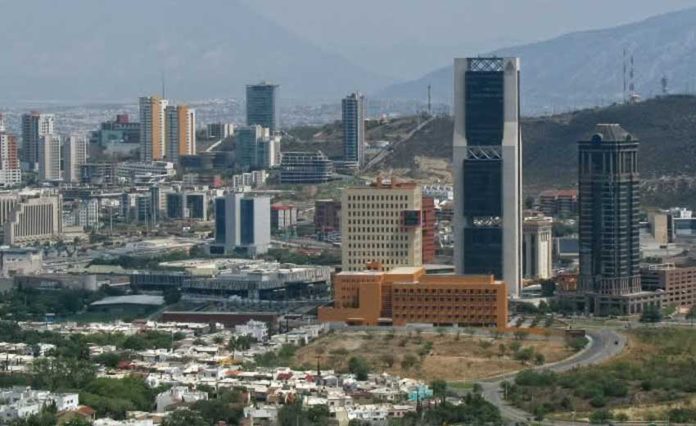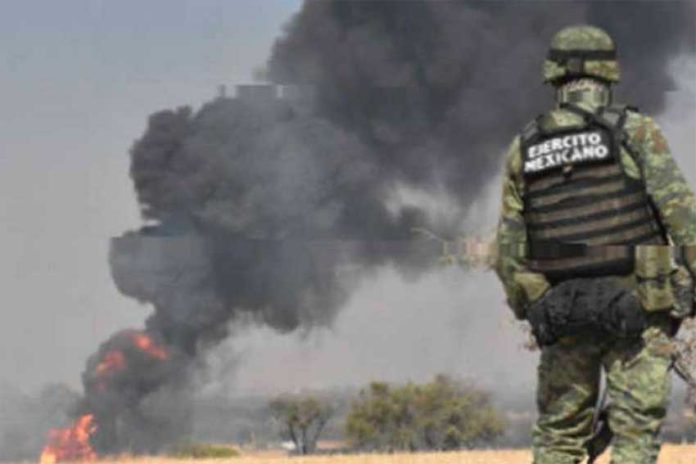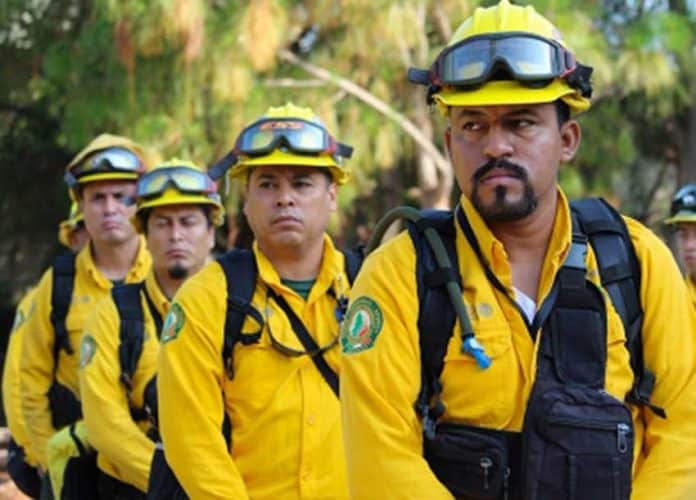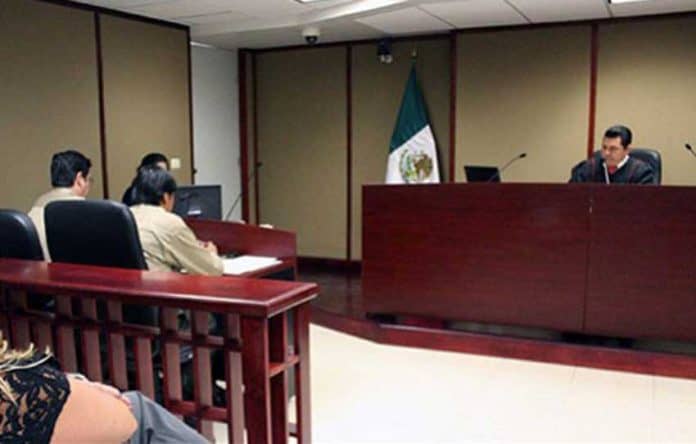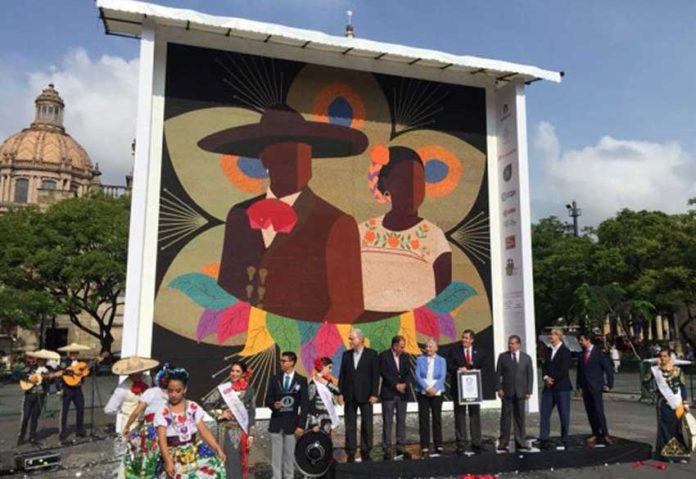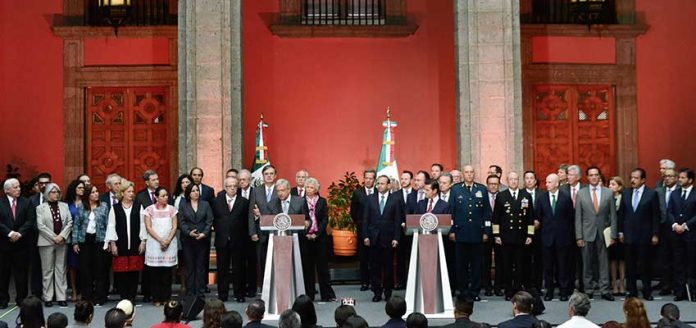The five best cities in which to live in Mexico are all in the north of the country, according to the survey Mexico’s Most Livable Cities 2018 conducted by polling firm Gabinete de Comunicación Estratégica.
San Pedro Garza García, part of the Monterrey metropolitan area, came out on top as Mexico’s most livable city, scoring 74.56 out of 100 on an index which considered factors including education, housing, economy, employment, family life and happiness.
In second spot was San Nicolás de los Garza, also part of greater Monterrey, with a score of 69.71 while Saltillo, Coahuila, scored 69.28 to rank No. 3.
Rounding out the top five were Hermosillo, Sonora, and Guadalupe, Nuevo León, which is also part of the metropolitan area of Monterrey.
Mérida, Yucatán, previously ranked the most livable city in the country, could only muster ninth place in this year’s survey.
La Paz, Baja California Sur, ranked sixth; Mexicali, Baja California, seventh; Monterrey, Nuevo León, eighth, and Cajeme, Sonora, 10th.
At the other end of the scale, the worst city to live in Mexico is Chimalhuacán, an economically disadvantaged municipality in México state that forms part of the greater Mexico City metropolitan area.
Neighboring Nezahualcóyotl was next worst followed by Ecatepec, both of which are also in México state.
Two Mexico City boroughs, Milpa Alta and Tláhuac, came in fourth and fifth.
The survey drew on the opinions of 30,400 Mexicans living in the 60 most populous municipalities in Mexico and the 16 boroughs of Mexico City.
The poll also found that cities in the north of the country have the best investment opportunities and the best outlooks for economic growth.
With regard to municipal services — including garbage collection, maintenance of roads, street lights and drainage — San Pedro Garza García again came out on top of the list followed by Mérida and San Nicolás de los Garza.
Mazatlán, Sinaloa, and Manzanillo, Colima, ranked fourth and fifth but none of the top five cities received a score above 60.
Services were worst in Chilpancingo, Guerrero, Tuxtla Gutiérrez, Chiapas, and Tapachula in the same state, the survey showed.
San Pedro Garza García, La Paz and Mérida took the top three spots for social cohesion while at the other end of the list were Chimalhuacán, Acapulco and Tehuacán, Puebla.
Residents of Mérida were happiest with their municipal authorities followed by those in the state capital of Chihuahua and San Nicolás de los Garza.
However, satisfaction ratings in the category didn’t exceed 55% for any of the top four cities and those ranked fifth to 10th all scored below 50.
Least happy with their local authorities were residents of Tuxtla Gutiérrez, Xochimilco (a borough of Mexico City) and Tapachula.
Finally, residents of San Pedro Garza García were most likely to recommend moving to their city followed by those in Mérida and Saltillo.
On the other hand, residents of Chilpancingo, Iztapalapa (a borough of Mexico City) and Ecatepec were most likely to tell others to stay away.
The survey was conducted by telephone with 400 residents of each of the 76 cities between March 23 and April 14.
Source: Milenio (sp), El Economista (sp)

